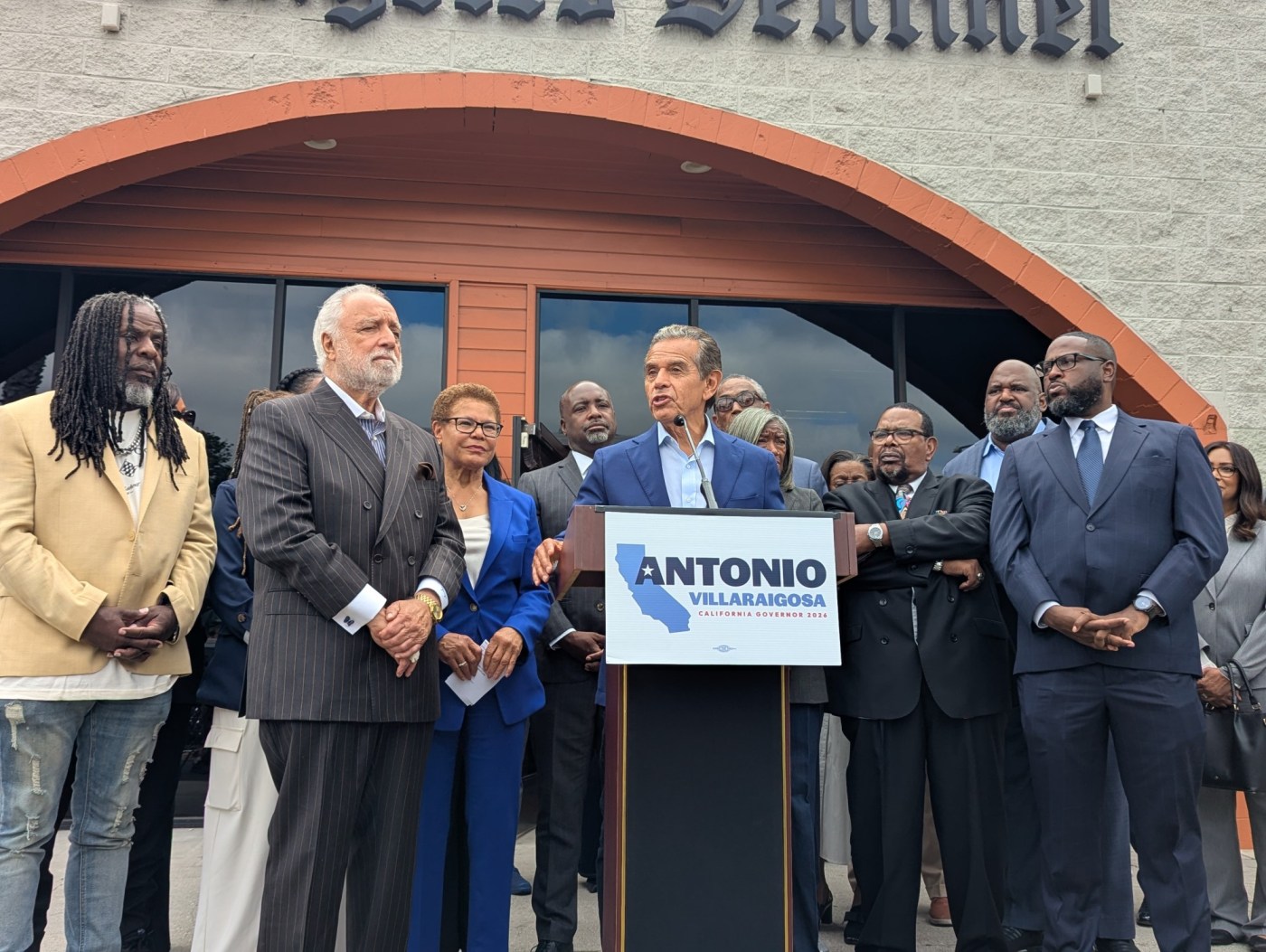A new study from Stanford University researchers paints a picture of a near-future where diseases, once eradicated in the country, could realistically return.
“At current state-level vaccination rates, measles may become endemic again,” the authors wrote when they published their research this week in the Journal of the American Medical Association.
Widespread vaccination against measles led to the virus being declared eradicated in the United States in 2000. California has higher-than-average vaccination rates. Last school year, 96.2% of kindergarteners in the state were vaccinated against measles, but that is slightly down from the year before.
A decade ago, Golden State kindergarten vaccinations hovered below the 95% recommended to maintain herd immunity. When a new, stricter law was passed in 2015, a response to a Disneyland measles outbreak in 2014, vaccination rates reached just over 97%. But since then, rates have mostly dropped year-over-year, concerning health officials.
“As vaccinations decline, the effect won’t be immediate,” Mathew Kiang, an assistant professor of epidemiology at Stanford and lead author, said in an interview published by the university. “We wanted to know: when will we see the impact of decisions being debated and made now?”
The researchers used predictive models to see what a range of future scenarios might look like: what if vaccination rates remain the same? What if they drop a little, or drop a lot? How long could it take the world’s most infectious diseases to return?
Their models suggest that current levels are likely to allow measles to return to endemicity in the United States in the next two decades, and faster if vaccination rates continue to decline. If rates drop to half of what they are now, the models suggest there could be 51.2 million measles cases in the country over the course of about one generation, 25 years. Those infections, and other diseases like rubella and polio that are likely to return under those models, could kill over 150,000 people in that time.
Until this year, the United States had not had a measles death in over a decade, but an ongoing measles outbreak in Texas has led to the deaths of two children, both unvaccinated.
Related Articles
Documentary examines debate around vaccines amid growing politicization
Novavax says its COVID-19 shot is on track for full FDA approval after delay
Fact Check: Examining RFK Jr.’s claims about measles, autism and diet as head of HHS
CDC advisory group considers narrowing COVID vaccine recommendations
Experts make new recommendations on RSV and meningitis vaccines, but it’s unclear what happens next
Including Kiang, four of the five authors are Stanford-based. Kate M. Bubar is an infectious disease researcher at Stanford Medicine, Yvonne Maldonado is a professor of pediatrics and infectious diseases, and Nathan C. Lo is an assistant professor of infectious diseases at the university.
The authors have an eye on the current political climate around vaccines. “There are ongoing policy debates to reduce the childhood vaccine schedule, which may risk reemergence of previously eliminated infectious diseases,” they warn.
“With measles, we found that we’re already on the precipice of disaster,” Kiang said. “If vaccination rates remain the same, the model predicts that measles may become endemic within about 20 years.”
Measles would likely be the first eradicated disease to return, because it is so highly contagious, but other diseases like rubella, diphtheria and polio could also return if vaccination rates fall by half, according to the models.




